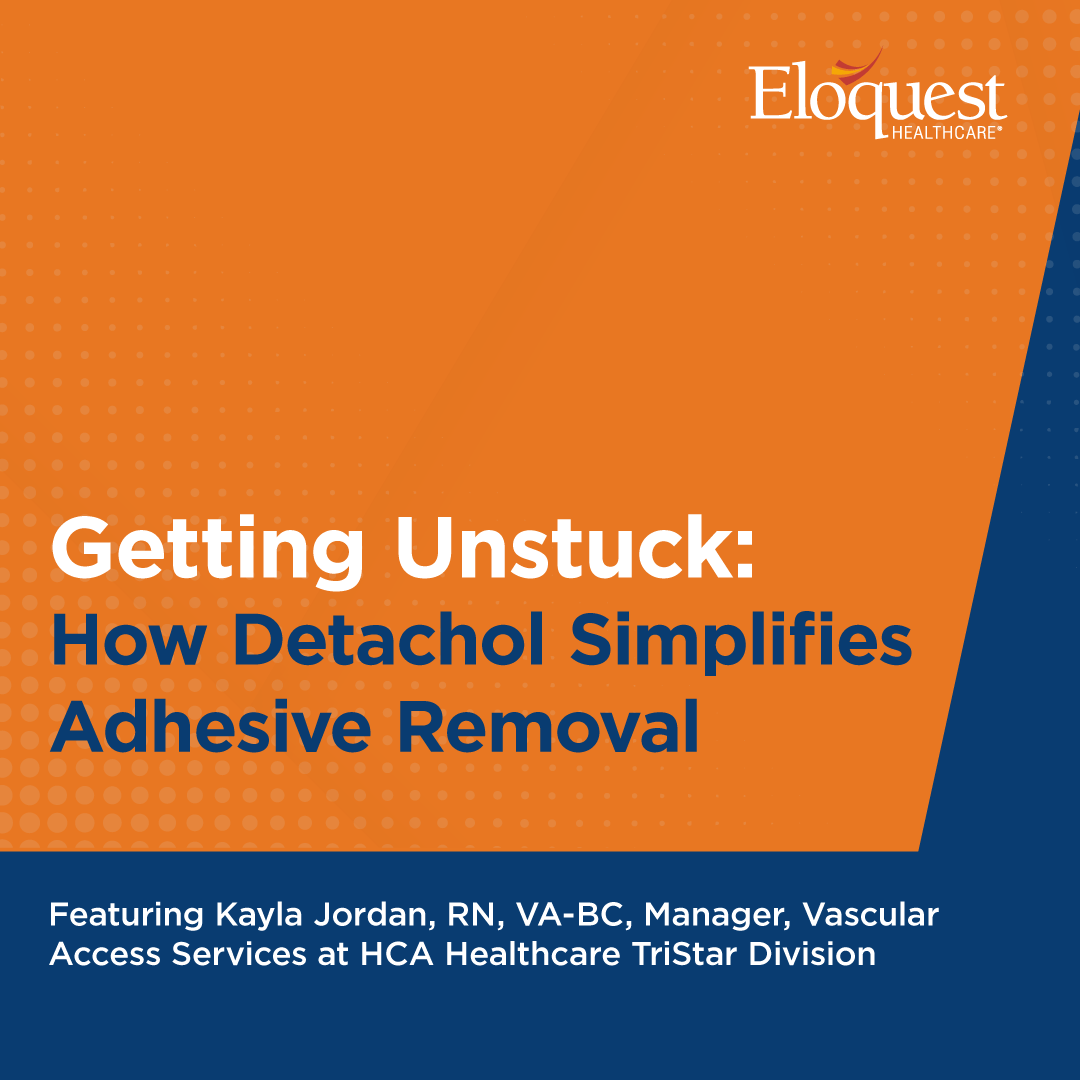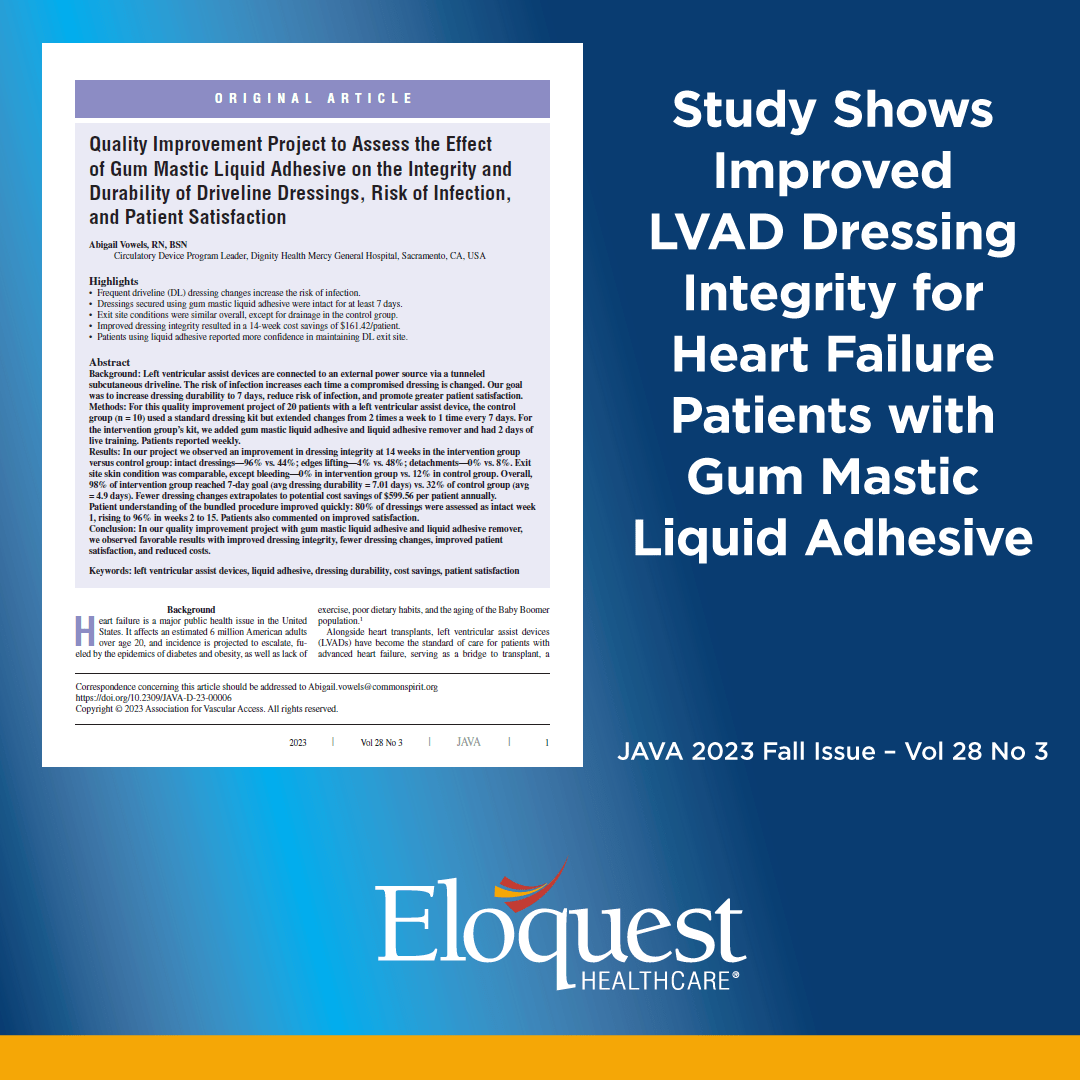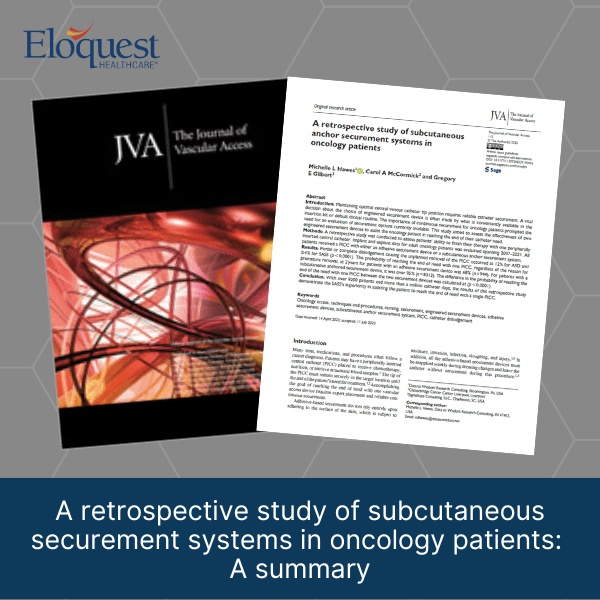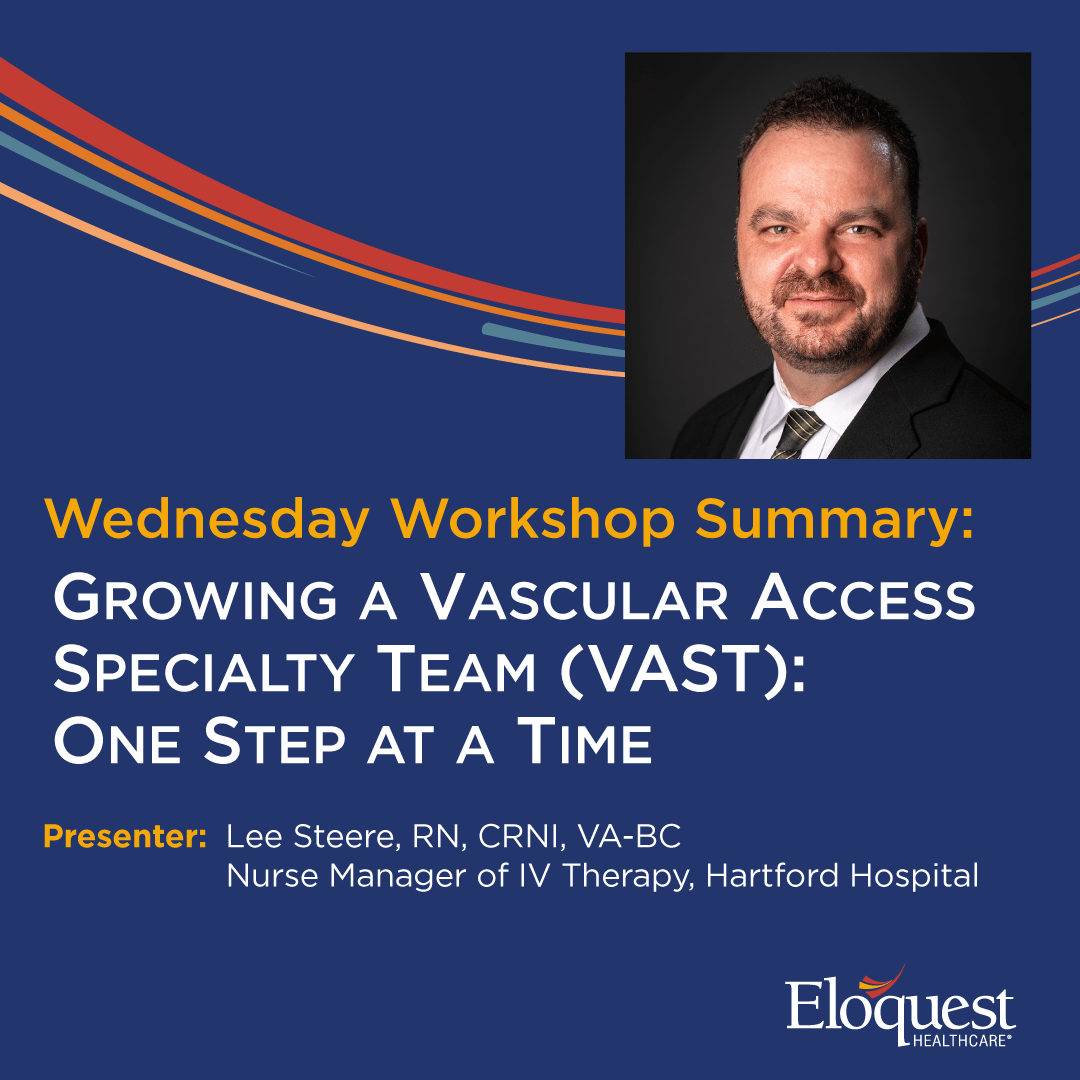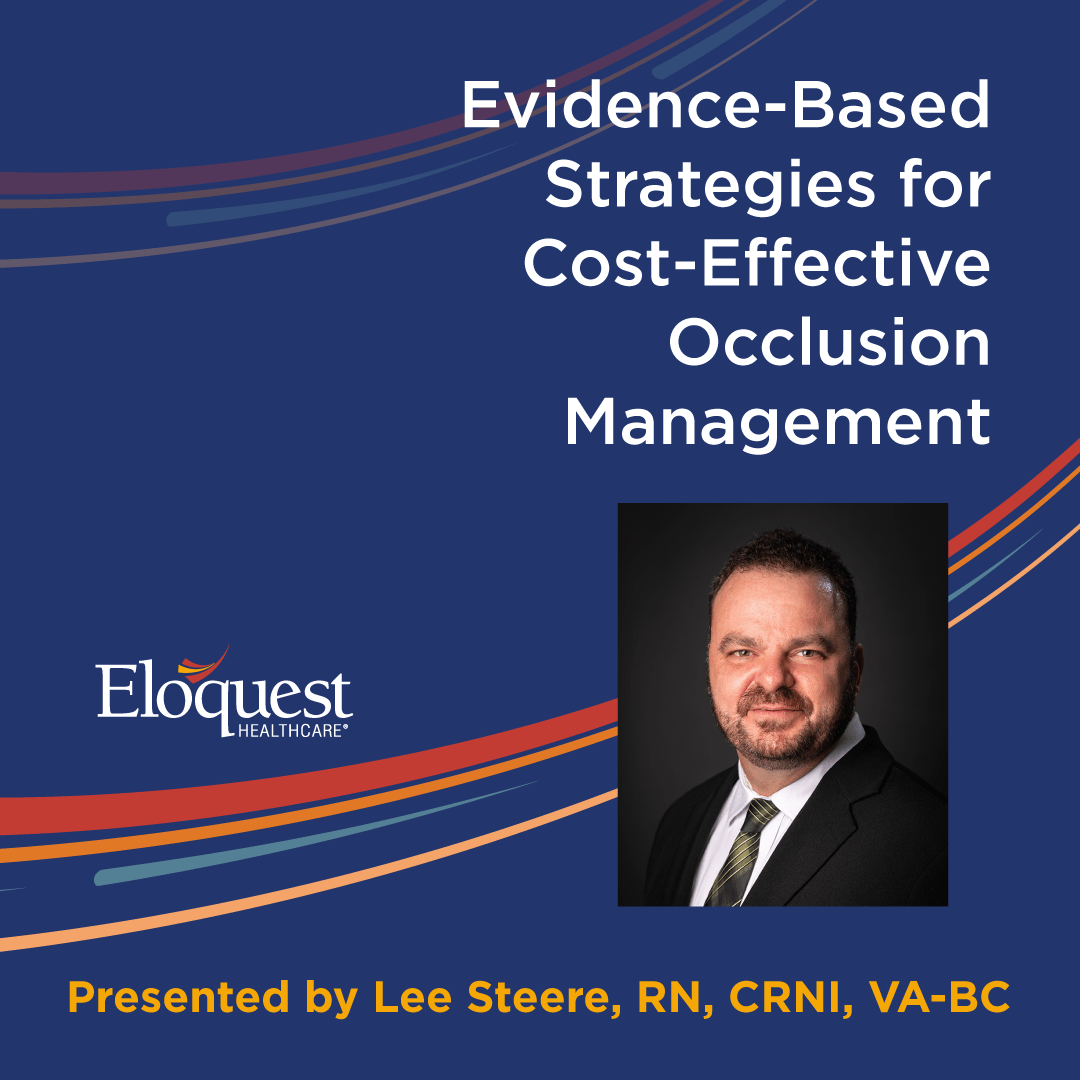2023 Year in Review
As 2023 ends, we would like to thank you for reading the Eloquest Healthcare Blog! We hope you have found our posts during the last 12 months to be both informative and impactful to your professional career. Here are some of the past year’s most liked posts that we invite you to visit… In ‘Hospital…
Details

